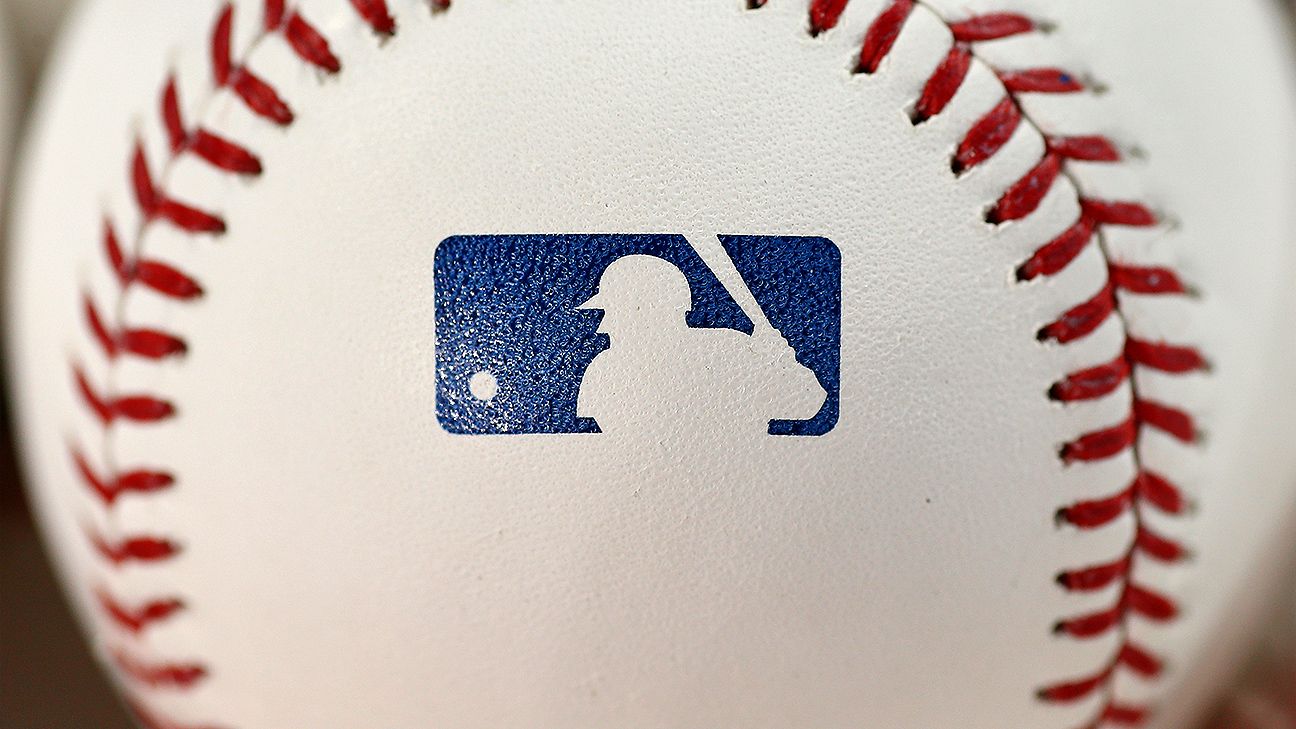And if there’s no less than an fascinating resemblance (if not a exact parallel) between the destiny of the Protestant mainline, lengthy a taken-for-granted pillar of the American social order, and the tribulations inside legacy media, there’s additionally some resemblance between the expansion of nondenominational faith and the flourishing of customized, individually branded, deinstitutionalized media.
Take two consultant media success tales of the web age: Joe Rogan, the populist fanatic who dominates the podcasting world, and Heather Cox Richardson, the liberal historian who dominates the Substack rankings. They aren’t usually thought of collectively as a result of their fan bases couldn’t be extra totally different, however they’re each examples of what you would possibly name the “nondenominational” development within the commentariat: They’re like megachurch pastors who run their very own start-up church buildings with none connection to the standard world of Presbyterianism or Lutheranism, seminaries and normal conventions and the like. And so they aren’t doing a small enterprise: Rogan is the larger determine by far (he lately re-signed with Spotify for a reported quarter-billion {dollars}), however Richardson’s each day publication has nicely over 1,000,000 subscribers.
Most unbiased media figures don’t have that attain, after all, simply as most nondenominational church buildings aren’t particularly large exterior their native communities. However simply as nondenominational Christianity as an entire is getting larger than many established church buildings, the general viewers for “nondenominational” media content material provides as much as one thing a lot bigger than only a few mammals skittering within the postapocalyptic panorama. Taken collectively, the world of newsletters and podcasts and YouTube content material creation has a probably sweeping, society-spanning attain.
However Shafer’s line about this world being “within the shadows” nonetheless appears apt, since one of many key options of the brand new media panorama is what you would possibly name its illegibility — that means the issue of ever figuring out, through some fairly fast survey, what sort of narratives most individuals are absorbing, who is basically influencing public opinion, what forces and figures are shaping what Individuals imagine.
Huge establishments are good for legibility. In my youth, you possibly can nonetheless learn a couple of newspapers, subscribe to some key magazines and political journals, watch a couple of information applications and mainly have your finger on the heart beat of what each elite America and mass America thought was occurring at any given second. In an identical manner, as a author who usually covers faith, I’ve all the time discovered it a lot simpler to limn traits and vital developments inside my very own hierarchical and centralized Catholic Church — and after I’m writing about Protestantism, it’s simpler to cowl debates inside the Southern Baptist Conference or the Episcopal Church than to make definitive statements in regards to the entirety of what we name Evangelicalism or Pentecostalism.


























